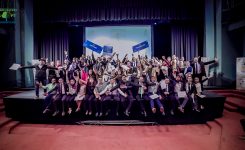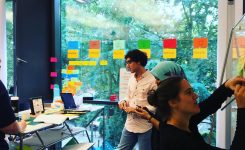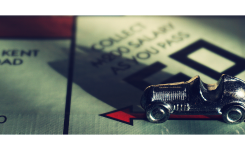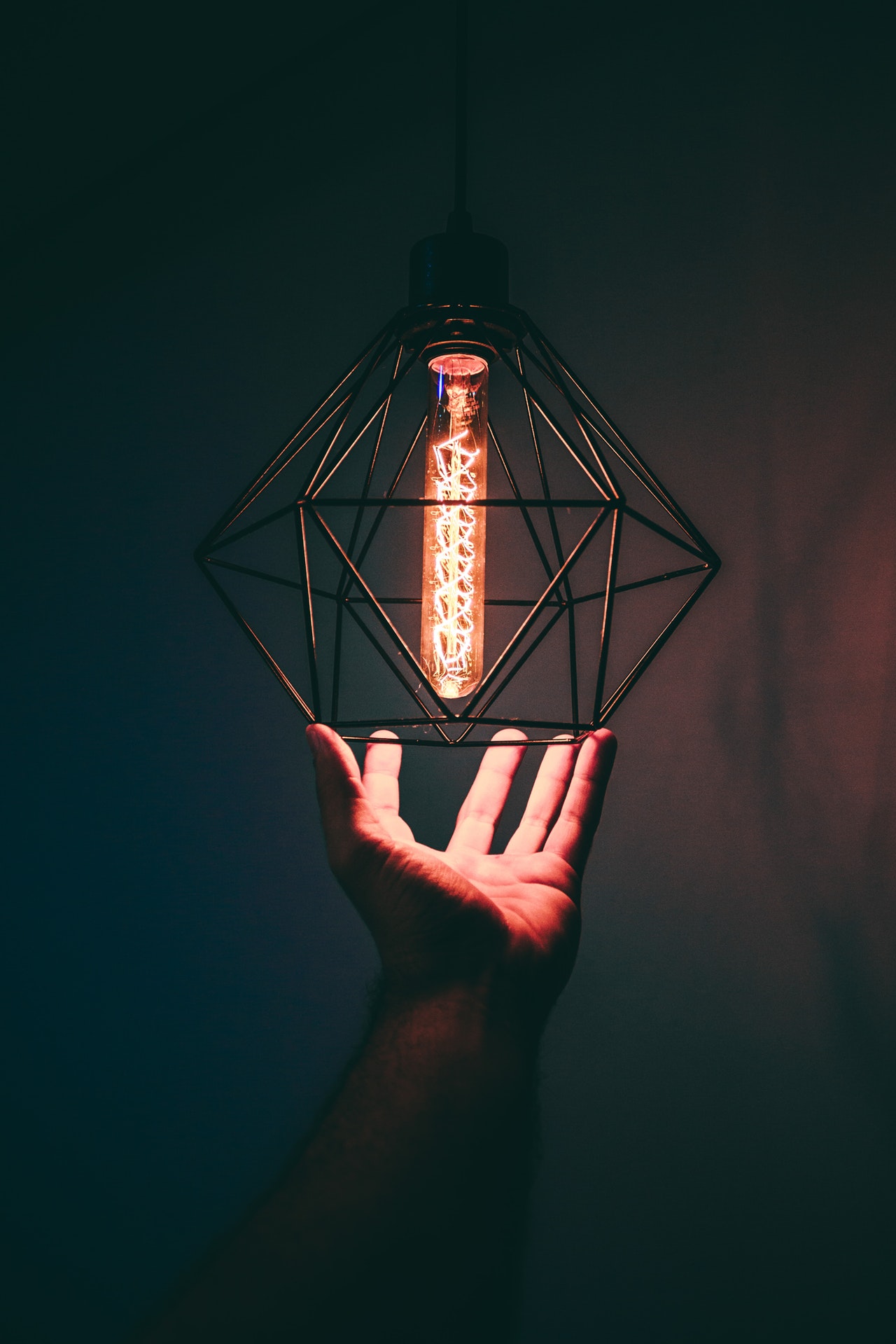Design Research, Innovation Design
ERGO DESIGN MODUS – Designing User-Centered Innovation
Design thinking is an innovation mindset; an advocate for human centricity. In a world where most challenges are inherently human, design thinking becomes a survival skill. There are several design thinking frameworks developed by design schools and used by design firms. Although they might look different at first sight, they all follow a similar philosophy of user-centered discovery.
Embracing Ambiguity
One goal all design thinking frameworks share in common is to help designers embrace ambiguity, and explore unfamiliar territories. Through a guided process, the learnings and insights from each phase become the foundation for the next step. At ERGO, we built our design thinking framework to guide us through every engagement, from inception to fulfillment.
Phase 1: Discovery
ERGO follows a process of conscious discovery. We start every engagement with a fresh eye, uncluttered by norms, personal judgement or past experiences. In the discovery phase, we question our prior knowledge, point out our assumptions and identify all missing data nuggets, necessary to untangle the complexity of the challenge.
This phase is designed to help us untangle the complexity of the challenge space. By dissecting the problem, and tackling the challenge from various perspectives, we unearth new dimensions, trends and design opportunities along the way.
Phase 2: Inspiration
In the Inspiration phase, we work closely with customers and end users to deeply understand their hidden needs, daily challenges and surrounding environment, through which they interact and make daily decisions. We use a triangulation of ethnographic observation, stakeholder engagement and contextual immersion to build a deep understanding of our user and their environment. What motivates them? What frustrates them? Who inspires them? How do they prioritize our findings from the previous phase?
We dig deeper for experiences and specific incidents and interactions that can help us unearth valuable insights. At the end of this phase, we synthesize research findings, make new meaning and interpretation of our data, and formulate new understandings of our challenge in light of the newly established insights. This becomes the new foundation for the ideation process.
Building deep empathy and restoring customer centricity is what truly differentiates design thinking from other problem solving methodologies. Transforming your field findings into insights will help you frame new design opportunities that tackle not only the user’s functional needs, but also their social and emotional provocations behind their daily decisions and interactions.
Phase 3: Design
In the Design phase, we start by generating multiple ideas to solve our user’s most pressing needs. The new formulation and insights from the previous phase, now, define the ideation process. Focusing on one need at a time, we employ divergent thinking strategies to generate multiple ways to meet our user’s needs. This lateral thinking strategy ensures the desirability and originality of the generated solutions. We pick the best ideas, according to a predefined selection criteria, and prototype them.
By placing the solutions into the hands of the user, we are able to gather quick feedback on what works and what doesn’t. Which design resonates the most with them? What features do they prioritize? Which idea fits seamlessly into their daily lives? We use the new learnings from our prototype and feedback sessions to iterate on our design until we have a prototype that maximizes value. During this Build-Measure-Learn cycle, we do not only test for desirability, but also feasibility and business viability of suggested solutions. At the end of this agile creation process, we develop a detailed concept and a high fidelity prototype of the most promising solution.
Phase 4: Growth
Once we have a validated prototype, we perform a detailed product/service landscape analysis to design a unique value proposition. A validated value proposition is then embedded into an innovative and sustainable business model that can scale the proposed solution.
In the Growth phase, we leverage our expertise in design research, business design and behavioral design to conceive and deliver a detailed Innovation Blueprint. The blueprint presents a clear master structure for the innovation strategy. It starts with defining the intended outcome for the final solution, and ends with a concrete action plan, highlighting the [1] Scope of Innovation, the [2] People involved and their roles, the [3] Resources needed to create, deliver and capture value, and a detailed [4] Action Plan for implementation and growth.
Design-based problem solving is a highly iterative practice, so always keep the user centered in every step of the process. Let the user, and the information collected in the Inspiration phase guide your choices and decisions along the way. And trust us, if you stick to the process, you will surprise yourself!
Get in touch to learn more on how you can use design thinking to deliver user-centered innovations in your organization.
To stay updated with our work, follow us on LinkedIn, Facebook and Instagram.











